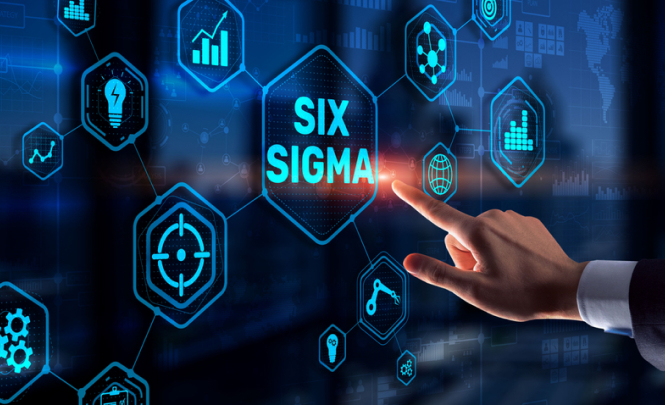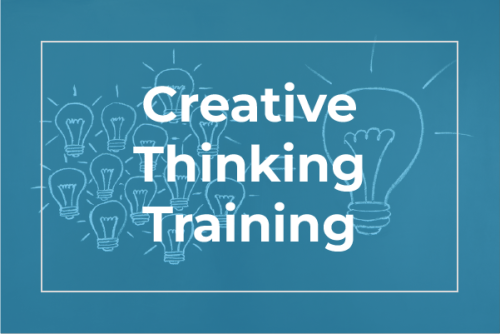- Apprenticeships
- Training Courses
- Lean Six Sigma
- Lean
- Introduction to Lean
- Lean Practitioner Training
- Lean Kaizen Facilitator Training Course
- Lean Mistake Proofing Training
- Lean 5S Training Course
- Lean 8 Wastes Training Course
- Lean Library (47)
- Lean Bundle (10)
- Failure Mode and Effects Analysis (FMEA) Training
- Problem Solving Training Course
- All Lean Courses
- Business Improvement
- Personal Development
- Facilitation Body Language Training
- Building Self-Esteem & Assertiveness Training
- Influencing Skills Training
- Negotiation Skills Training Course
- Building Your Personal Brand
- Active Listening Skills Training
- Stress Management Training
- Online Pressure Management Training
- All Personal Development Courses
- Management Development
- All Courses
- Consultancy / Coaching
- Resources
- E-Learning
- About Us
- Contact
Personal Development
- All of our courses come with Lifetime Support
- Certification guaranteed
- Full curriculum for IASSC, CSSC, ASQ, BQF, ISO 18404
- Multiple choice exam with free retakes
Home / Personal Development
Online Personal Development Training Courses
Want to train as a consultant? Looking to become the master of effective meetings? Our Personal Development courses are the perfect option. Designed to help delegates achieve excellence in their chosen field, we are sure to have the career-boosting course for you!
All of our Personal Development courses are created and delivered by experienced Master Black Belts. This means that you will learn from the best and receive an effective and engaging learning experience. Explore our range of online, classroom and in-house Personal Development courses above.
Showing 1–12 of 35 results
-

Accounting Skills for the Non-Finance
£25.00 + Vat -

Active Listening Skills Training
£25.00 + Vat -

Brainstorming and Brainwriting Training Course
£25.00 + Vat -
Building High Performance Teams
£25.00 + Vat -
Building Self-Esteem & Assertiveness Training
£25.00 + Vat -
Building Your Personal Brand
£30.00 + Vat -
Communication Skills Training Course
£25.00 + Vat -
Creative Thinking and Innovation Training Course
£25.00 + Vat -
Effective Meetings / Facilitation Skills
£25.00 + Vat -
Emotional Intelligence Training Course
£25.00 + Vat -
Facilitation Body Language Training
£25.00 + Vat -
Giving and Receiving Feedback Training
£25.00 + Vat
Where do we run our training courses?
In the UK (London, Manchester, Edinburgh, Bristol, York, Leeds, Birmingham), Germany, Netherlands, USA, Australia, South Africa, Spain, France, Sweden and Denmark.
Six Sigma vs. Lean Six Sigma Training

Lean and Six Sigma work so well together because they were designed with the same goal in mind. Both aim to reduce the waste and variation in processes to improve the quality of outputs for the customer. Both are customer focused. Both rely on data, rather than gut feel. And, both come with a core set of tools and structures to guide the improvement.
The main difference is how they identify the root cause of problems, and the language surrounding them.
For this reason, we at 100% Effective, think that they work better together than apart. Change agents and those introducing Business Improvement have more (and more varied) tools at their disposal. We think that, when it comes to improvement, the more you can bring to the table, the better. This is why we offer Lean Six Sigma as our standard.
Six Sigma is a data-driven approach to eliminate defects and improve quality for the customer. It is not, and should not be considered, to be simply a cost-saving measure. The term Six Sigma refers to the number of standard deviations between the mean value and the specification limit of any given process or output. The higher the Sigma, or standard deviations, the fewer products or outputs fall outside of the specification.
Six Sigma means that 99.9996% of the process output falls within the specification limit. So the output is defective or poor quality just 3.4 times for every million opportunities.
Any process from manufacturing to transactional, and products to services, can be measured in terms of its Sigma level. Businesses that adopt a Six Sigma approach, use a structured framework to gradually increase the Sigma level of their processes, with the aim of achieving Six Sigma quality.










